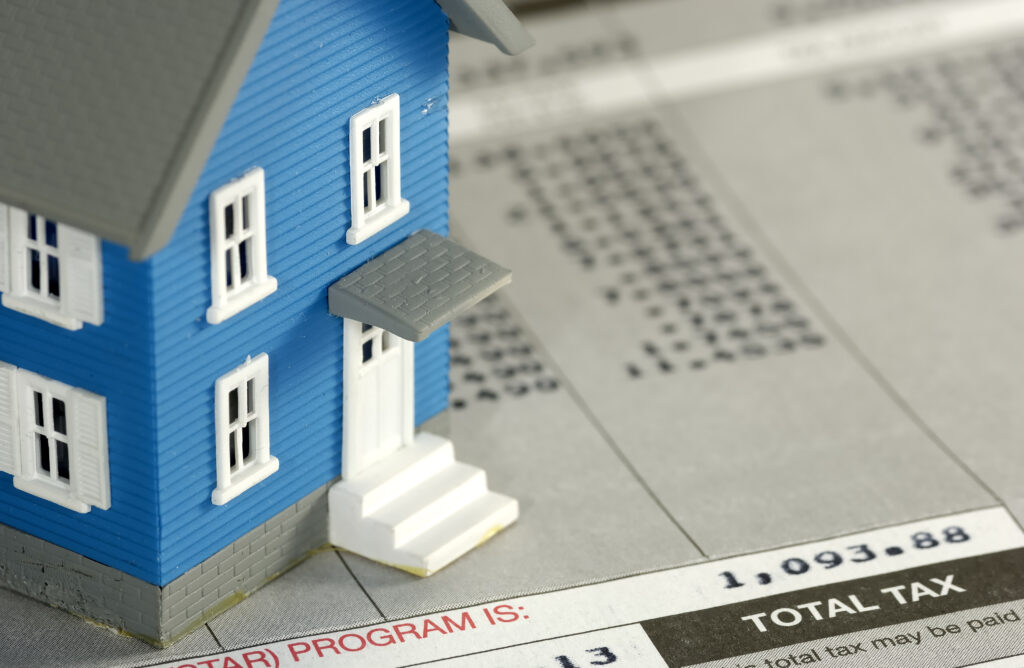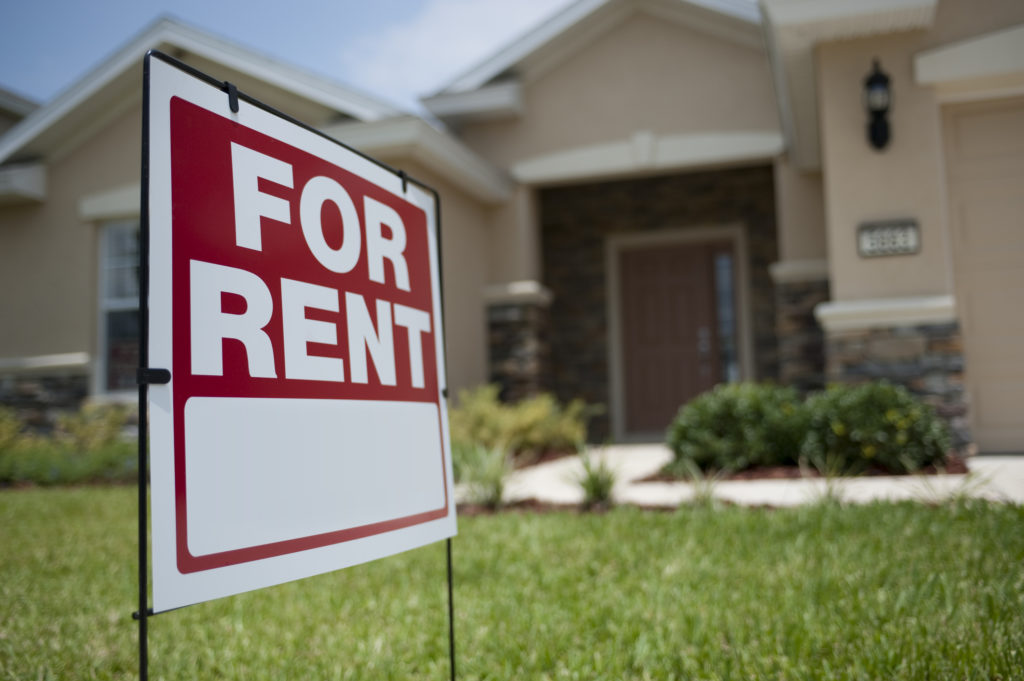Determining If Your Assessed Value Is Too High
First, look up your property’s current real estate tax assessment on the Delaware County Property Public Access website located at http://delcorealestate.co.delaware.pa.us/pt/forms/htmlframe.aspx?mode=content/home.htm then enter your Parcel ID Number or address to get your assessed value. You can also find the assessed value on your county or township property tax bill.
The common level ratio changes every 12 months, and currently is 1.74 effective July 1, 2025. Once you have both the Assessed value and Common level ratio, you multiply the Assessed value by the Common level ratio to get the County Fair Value. Then, you compare the Fair Market Value to the County Fair Value you just computed. If the County Fair Value is higher than the Fair Market Value you should hire the Law Offices of Spadea & Associates, LLC by July 31, 2025 to file an annual Real Estate Tax Assessment Appeal.
Calculating the Fair Market Value
If you purchased the property after August 1, 2024 and have a ALTA settlement sheet (that is less than 12 months old) you can use the sales price from the ALTA as the Fair Market Value, and do not need an appraisal. However, if you bought the property at a short sale or foreclosure, or bought it before August 1, 2024 (more than a year ago), you must have an Appraisal to appeal the property tax assessment.
Fees Involved
The Cost of an Appraisal is about $450. The filing fee is $50 and is made payable to “Delaware County Treasurer”. The Law Offices of Spadea & Associates, LLC will help you file the application and attend the hearing on your behalf in late September. You pay us nothing if we are unable to reduce your assessment. There are two types of assessment appeals, one is the annual appeal and the other is the interim assessment appeal.
Annual Appeals
The annual appeal allows property owners to appeal their assessment once a year. Annual appeals must be filed by August 1 of each year. Remember, in the case of an annual appeal, the Board decision does not take effect until tax bills are issued the following tax year. The Law Offices of Spadea & Associates, LLC will represent you at the hearing which is typically in late September and present evidence such as a recent appraisal with pictures. The Board will determine the current fair market value for the property based on the appraisal and settlement sheet presented at the hearing. The Board generally renders a decision within 10 weeks of the hearing date and notifies the property owner in writing. If you do not agree with the Board’s findings you have the right to file an appeal within 30 days to the Court of Common Pleas.
Interim Assessment Appeals
The interim assessment represents the value difference (increase) attributable to any assessable improvement to the land and the resulting increase in land value, if any. Assessable improvements include, but are not limited to; new construction of a primary structure or the addition to any such structure and the construction of any ancillary, contributory improvements such as swimming pools, sheds, garages, etc.
If a property is subject to an interim assessment, a property owner will receive an “Interim Real Estate Assessment Notice.” This Notice will inform the property owner of the old assessment and new assessment. The bottom portion of the Notice contains an APPEAL REQUEST FORM. In order to perfect an appeal of an Interim Assessment, the property owner must return the bottom portion of the Interim Notice to the Assessment Office to request receipt of an Appeal Application within forty (40) days of the date of notification of the assessment change. The appeal date will be noted on the Interim Real Estate Assessment Appeal Notice at the top right and bottom right or this notice.
To file either an interim or annual appeal, contact Gregory J. Spadea at the Law Offices of Spadea & Associates, LLC in Folsom, Pennsylvania at 610-521-0604.














